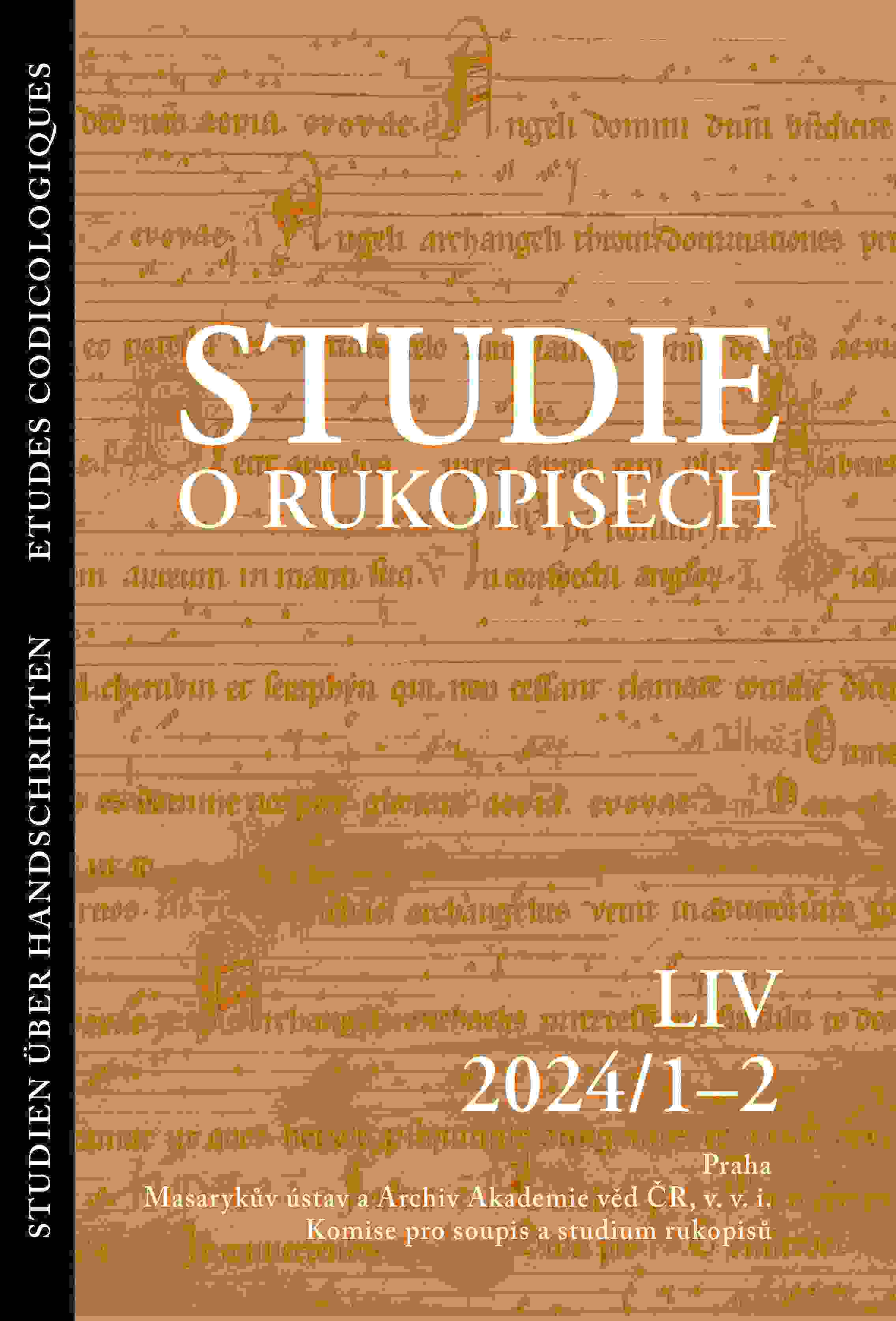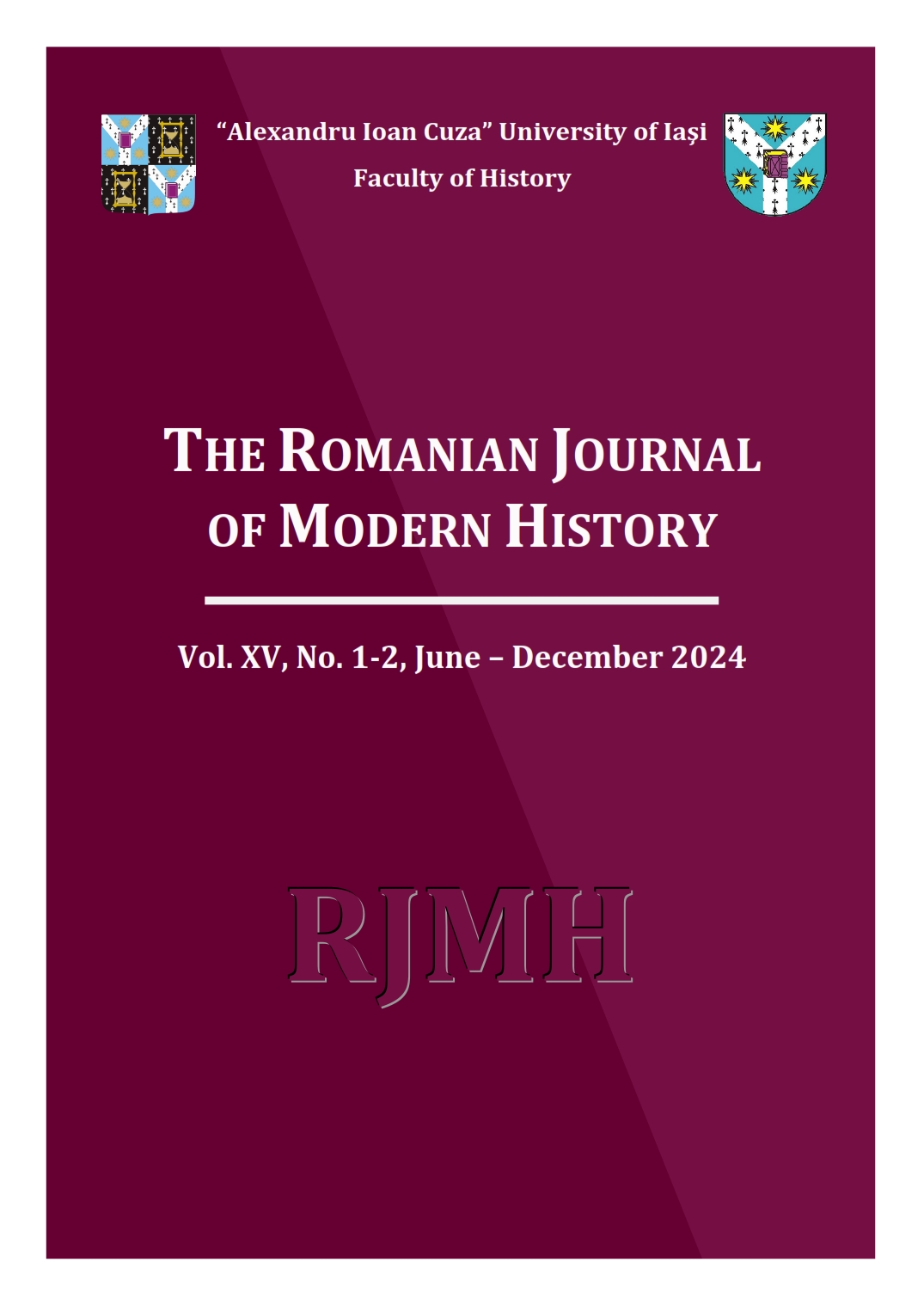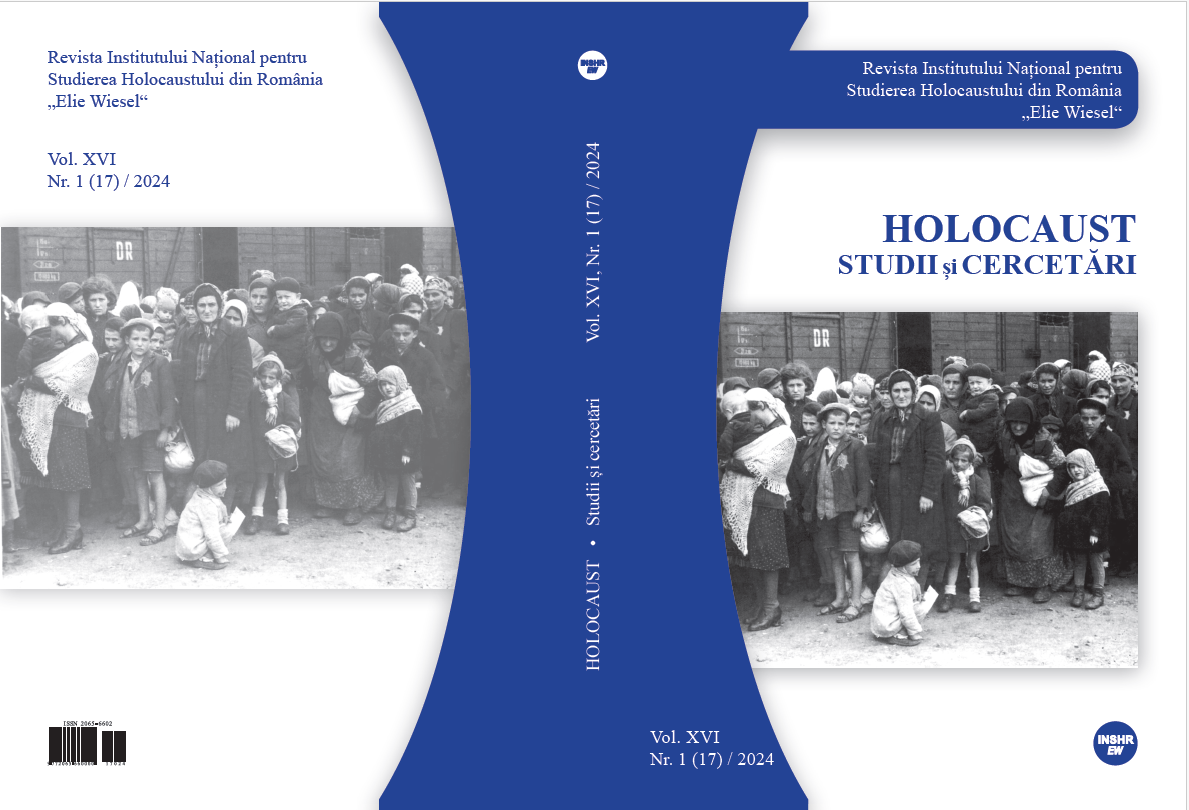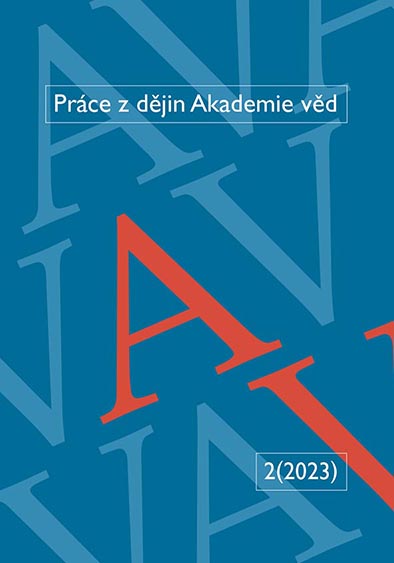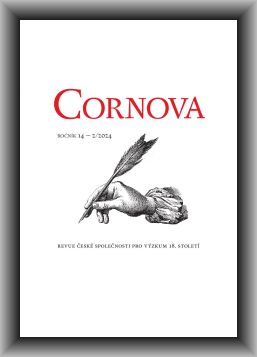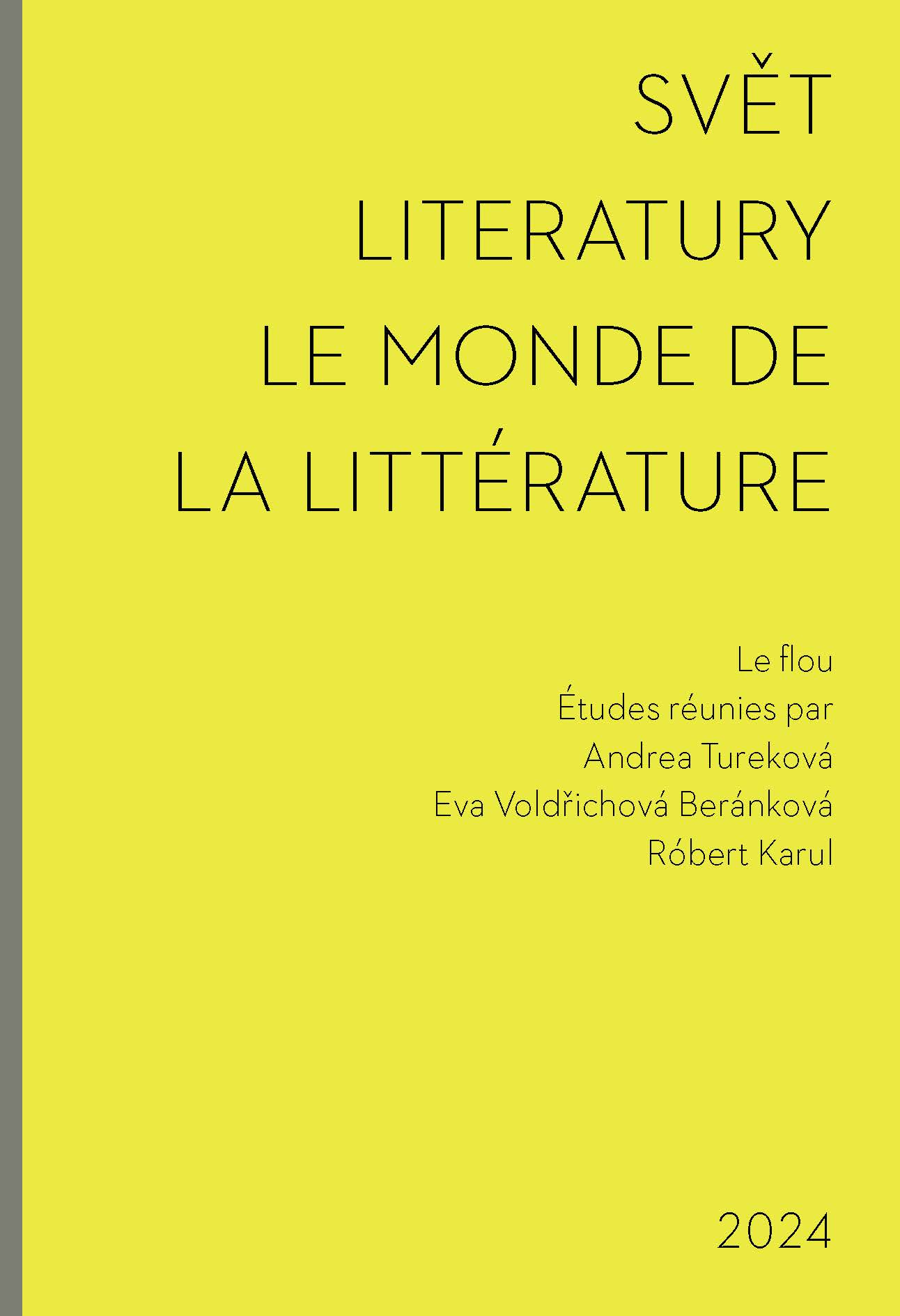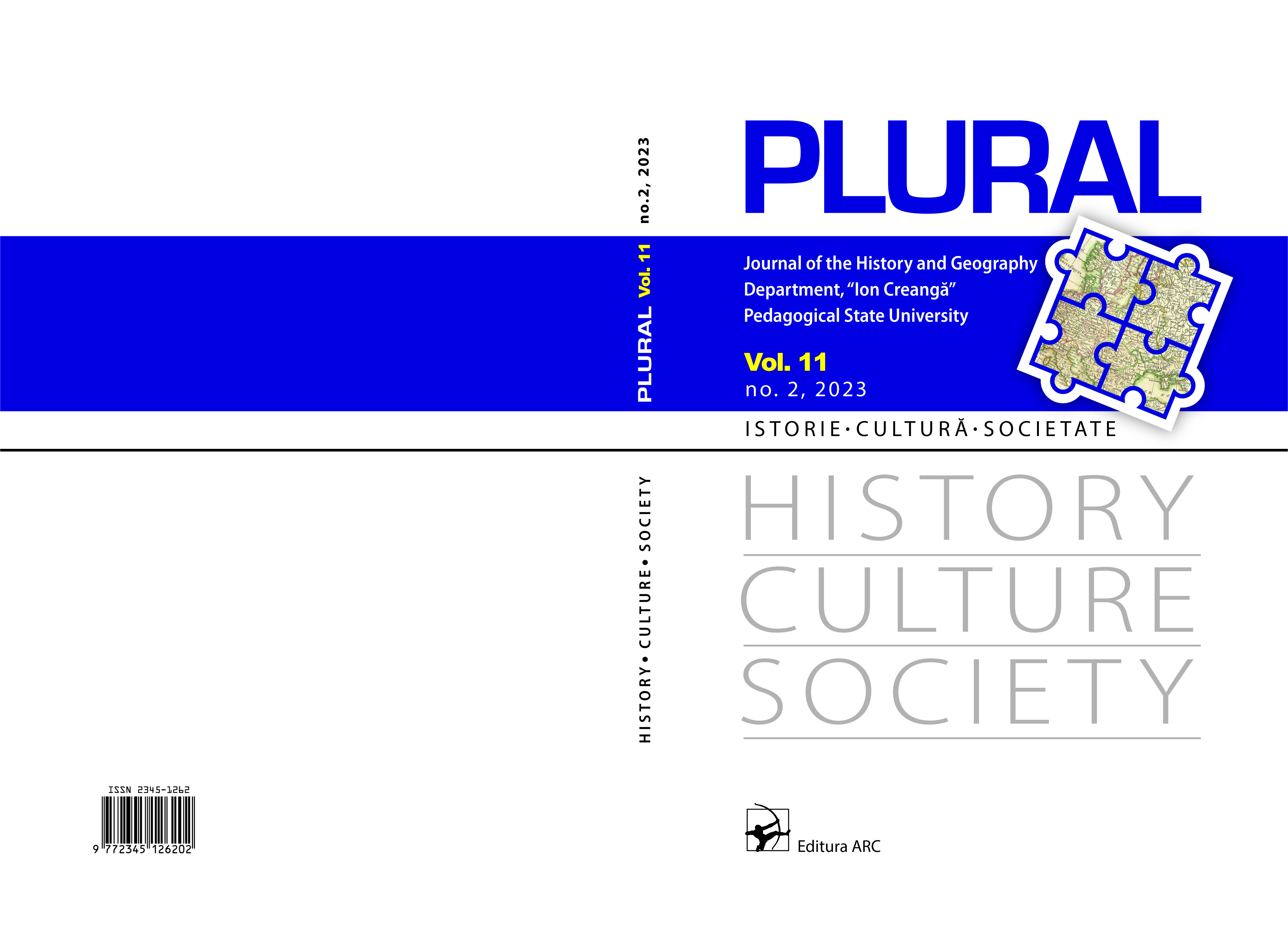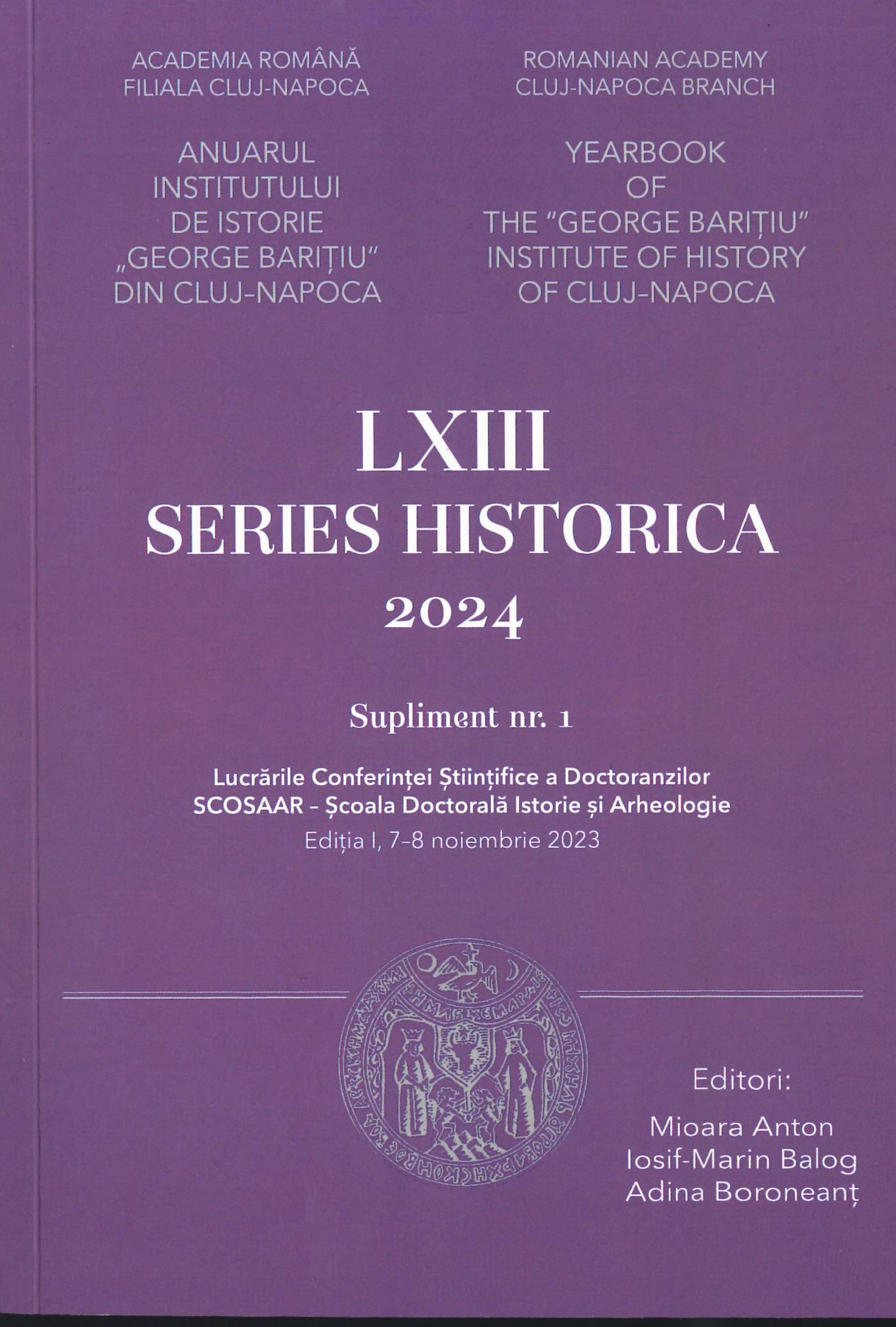
Congresele anuale ale Ligii Culturale- rețea culturală, dezvoltată de Nicolae Iorga între anii 1908-1940
The analysis of the documents mentioned in this study helped me to identify the Cultural League as a well-organized association with numerous collaborators and various cultural activities with great impact on the society. We cannot speak of the cultural successes of the Cultural League without mentioning Nicolae Iorga, who, unlike his illustrious predecessors at the head of the League, managed to keep interconnected a group of valuable people from all intellectual levels interconnected, all driven by the enthusiasm and vivacity of the esteemed opinion-maker. They all succeeded in imprinting a current of nationalism and civics in the Romanian society, which subsequently defined us as a nation.In order to demonstrate this, I will briefly review the activities of the annual congresses of the Cultural League, pointing out various social, cultural, ethnic and financial issues debated and agreed on at the meetings organized at these congresses. The information presented is only a part of the vast cultural process that took place at these congresses. My personal conclusion is that these annual congresses of the Cultural League represented an important cultural and promotional support among the popular masses. The activities carried out year after year represented a valuable source of culturalization, which helped the communities to understand the social and cultural context of the time, the spirit of solidarity of the civil society and the civic initiatives, all supporting the process of cultural development of the Romanian society at the beginning of the 20th century.
More...
